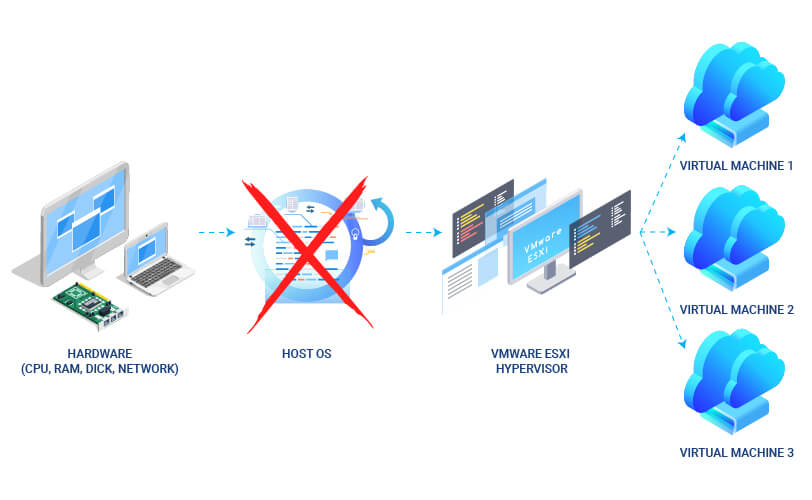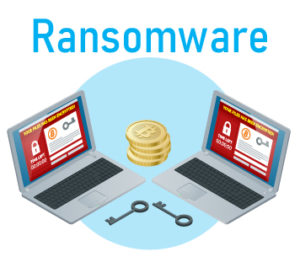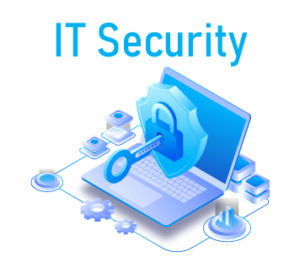What is VMware ESXi?
VMware ESXi Server is a virtualization software, that means that the VMware ESXi Server is a single physical server who can run multiple virtual machines simultaneously. Each of these virtual machines believes it is running on its own dedicated hardware, and they have the impression that they are separate from the rest of virtual machines, but they are actually on the same hardware which is controlled by VMware ESXi Server. This is an enterprise level virtualization tool which utilizes services that manage numerous virtual machines with greater reliability and efficiency than VMware’s more basic Server product.
The reason for this is because ESXi Server runs on „bare-metal.“ This essentially means that you install the ESXi Server software directly into the computer, without an operating system for it to run on top of.

This system is managed by the VM Kernel, which is based on the Linux kernel. This microkernel saves resources by eliminating the overhead of running an underlying operating system beneath the virtual machines.
The product then divides up the resources from the physical hardware and simulates multiple copies of virtual hardware for the virtual machines to use.
It even has the capability to over-commit memory, meaning the total memory of the virtual machines can safely exceed the actual physical memory of the server. This can make for increased overall memory utilization in your servers.
How to create a Virtual Machine on VMware ESXi
Prerequisite for creating Virtual Machines are to have installed VMware ESXi server software on your computer or server (for this purpose we will use VMware ESXi 6.5.0, Build 8294253).
- You need to login on your VMware ESXi Host, in your web browser type your VMWare ESXi Host address, your credentials and click

2. To create a virtual machine, in the Virtual Machines TAB click Create / Register VM. On the New Virtual Machine dialog box, select Create a new virtual machine and click Next.

3. Type a Name of your Virtual Machine in the textbox, from drop down menu select Compatibility, Guest OS family, Guest OS version and click

Note: selecting the latest version from Compatibility is recommended if you are not going to migrate to an older version of ESX/ESXi.
- Select a Datastore to save the VM file on and click Next.

- Now you need to Customize settings for your VM. From drop down menu select virtual CPU cores, type Virtual Memory size and Hard disk 1 size, select LSI Logic SAS from SCSI Controller 0, select USB controller 1, select Network Adapter 1, select ISO installation file from Datastore (you need to upload ISO installation file on Datastore), select Video Card auto-detect settings, for all other Options you can leave default values and click

6. Check all information and options, if is everything OK, click Finish to end the wizard and wait until the VM has been created.

7. Click on Power on button in order to start your VM.

8. To start installing the OS click on the Console button, then on Open browser console and follow the OS installation wizard to install the OS on your VM.

- When you installed your operating system, we advise you to install VMware Tools on your Virtual Machine because VMware Tools is a set of utilities that improve the performance of the guest operating system of virtual machines and improve virtual machine management. Without the installed VMware tools in your guest operating system, the guest performance does not have important functionality.
On your main screen you will notice the information that VMware Tools are not installed, click on Action bottom, then Guest OS and then Install VMware Tools.

- You need to login on your Virtual Machine command line and run commands with SUDO permission. For this purpose, we are using Debian GNU/Linux 9.
To create a mount point, run:
mkdir /mnt/cdrom
- To mount the CDROM, run:
mount /dev/cdrom /mnt/cdrom
- To check current version of VMware Tools, run:
cd /mnt/cdrom/
ls
- You will see the version of the package; in our case it is: VMwareTools-10.2.1-8267844.tar.gz

- To copy the Compiler gzip tar file to a temporary local directory, run:cp /mnt/cdrom/VMwareTools-10.2.1-8267844.tar.gz /tmp/
Please note that based on your package version you will have to adjust the command.
- To change to the tmp directory and extract the contents of the tar file into a new directory called vmware-tools-distrib, run:
cd /tmp
tar -zxvf VMwareTools-10.2.1-8267844.tar.gz
- To change directory to vmware-tools-distrib and run the vmware-install.pl PERL script to install VMware Tools, run:
cd vmware-tools-distrib
./vmware-install.pl
- Notes:
- Complete the screen prompts to install the VMware Tools. Options in square brackets are default choices and can be selected by pressing Enter.
- To compile VMware Tools successfully, you need gcc Compiler and Linux Kernel sources provided by your Linux distribution. Consult your Linux distribution documentation for details on methods to install these packages.
- It is normal for the console screen to go blank for a short time during the installation when the display size changes.
- Some warnings or errors are normal, like when a file does not exist.
- Depending on the Linux distribution, your network service might restart after installation. VMware recommends that you invoke this command from the console and not remotely.
- If you are running a GUI interface, restart your X Window session for any mouse or graphics changes to take effect.
- To start VMware Tools running in the background during an X Window session, run:
/usr/bin/vmware-toolbox & - Depending on your environment, you may need to unmount the CD-ROM. To unmount the CD-ROM, run:
umount /mnt/cdrom - Depending on your environment, you may need to manually end the VMware Tools installation. To end the VMware Tools, install, click VM in the virtual machine menu, then click Guest > End VMware Tools Install.
- To remove VMware Tools installation packages, run:
cd
rm /tmp/VMwareTools-version.tar.gz
rm -rf /tmp/vmware-tools-distrib
- Verify that the installation of the VMware Tools is done successfully, you will notice that because there is no more information about that the Action is required for VMware Tools installation, and also you will notice that the performance of your guest operating system is improved.







